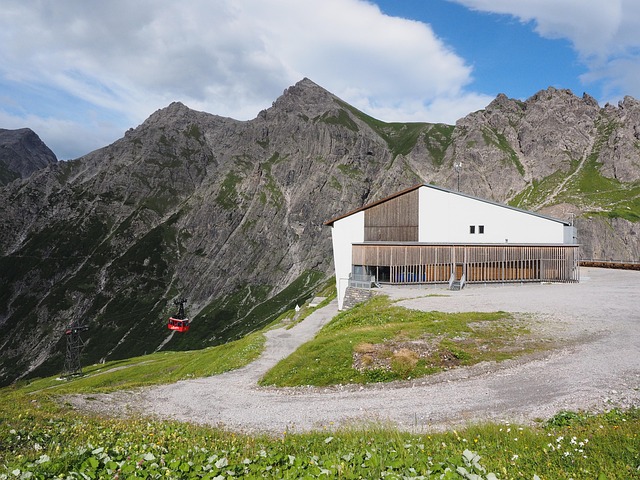The global real estate market serves as a vibrant cultural exchange hub, driven by cross-border investments in diverse locations. From historic European buildings to Asian skyscrapers, these investments facilitate economic growth and foster understanding through a blend of traditions and modern practices. Real estate acts as a powerful connector between cultures and nations, reflecting traditional practices like communal land use and heritage preservation. Cultural diversity shapes market trends worldwide, with unique consumer behaviors impacting product preferences and business strategies. Understanding these nuances is key for businesses to succeed in international markets.
“Vibrant cross-border commerce traditions weave a rich tapestry in the global real estate market, where cultural exchange thrives. This article delves into the intersection of real estate and diverse practices worldwide, highlighting how cultural diversity drives unique market trends. From ritualistic property transactions to country-specific ownership norms, we explore case studies across different nations. Additionally, we provide strategies for navigating cultural differences, offering best practices to build trust and facilitate successful cross-border collaborations in the dynamic world of real estate.”
The Global Real Estate Market: A Hub of Cultural Exchange

The global real estate market, a dynamic and ever-evolving sector, serves as an intriguing microcosm of international cultural exchange. As borders become more permeable, the real estate industry has witnessed a significant surge in cross-border investments and collaborations. This phenomenon not only facilitates economic growth but also fosters cultural understanding and diversity. International property buyers are increasingly drawn to vibrant cities with rich cultural heritages, leading to a unique blend of traditions and modern practices in global real estate.
This cultural exchange is evident in the growing trend of foreign investors acquiring properties in diverse locations worldwide. From historic buildings in European capitals to contemporary skyscrapers in Asian metropolises, these investments represent more than just financial transactions. They are acts of cultural diplomacy, where individuals and entities contribute to shaping urban landscapes while gaining exposure to different ways of life. The global real estate market thus becomes a stage for cross-cultural interactions, leaving an indelible mark on both the physical and social fabric of cities.
– Exploring the intersection of real estate and cross-border traditions

In many vibrant cross-border communities, the intersection of real estate and tradition creates a unique and dynamic landscape. The exchange of properties across borders has long been an integral part of cultural and economic growth, reflecting deep-rooted traditions that foster connectivity and mutual understanding. From historic trading posts to modern urban centers, real estate plays a crucial role in shaping these cross-border relationships by serving as a tangible link between different cultures and nations.
Exploring this intersection reveals rich architectural heritages, diverse property ownership models, and innovative investment strategies. Traditional real estate practices often incorporate cultural values, such as communal land use or specific building designs that honor heritage. As global borders become more permeable, these traditions adapt and evolve, presenting exciting opportunities for investors and developers while preserving the unique character of cross-border communities.
– How cultural diversity drives unique market trends and practices globally

Cultural diversity is a powerful force that shapes global market dynamics, especially in cross-border commerce. Each country and region brings its own unique blend of traditions, values, and consumer behaviors, resulting in distinct market trends and practices worldwide. This cultural mosaic influences everything from product preferences to business strategies, creating vibrant and varied landscapes. For instance, in some countries, local real estate markets are driven by communal living and shared spaces, while others prioritize individualism and private property ownership.
These cultural differences also manifest in trading patterns, with diverse populations favoring specific goods and services. The demand for certain products can vary widely across borders, presenting unique opportunities for businesses to cater to niche markets. Understanding these cultural nuances is essential for companies aiming to succeed in international markets, allowing them to adapt their strategies, marketing approaches, and product offerings to resonate with local consumers.






